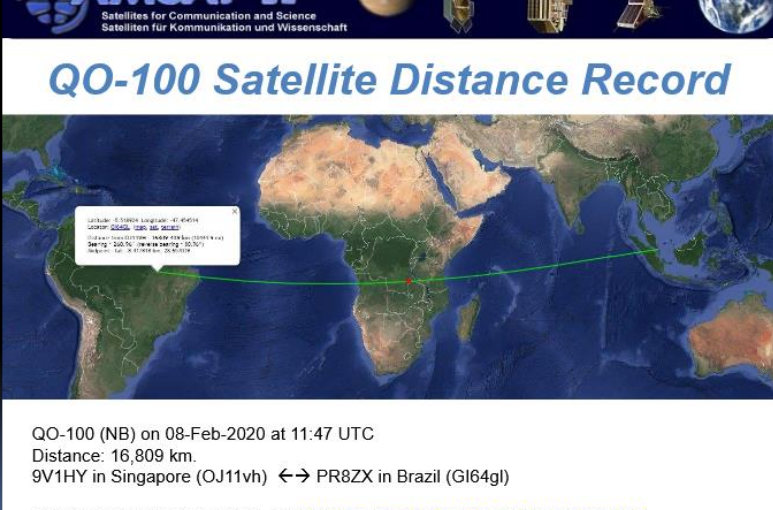Some Rules of Thumb
The K-index quantifies disturbances in the horizontal component of earth’s magnetic field with an integer in the range 0–9, with 1 being calm and 5 or more indicating a geomagnetic storm. Rising K-index results in a higher noise level, mainly below 10 MHz. A high noise level on 40 m does not imply a high noise level on 20 m.
The Solar Flux Index (SFI) is an indication of the degree of ionization in the higher stratospheric regions. Higher SFI values favor good propagation conditions on the amateur radio bands 20 m and above.
A special case is the 30 m band: both, SFI and K-index can have an impact on the propagation on this band. It is actually a good band in times of the solar minimum as well as the solar maximum.
Best time to operate on HF is after a solar flare eruption. As soon as the solar storm declines, the noise on the bands decreases, combined with an increase of the maximum usable frequency MUF. This often last until sunset. Propagation conditions on 40 and 80 m in the following night could be excellent. On the following day the MUF still can be raised, good for propagation on the higher HF bands.
In addition – after a solar storm – the magnetic disturbance is often very low, a good opportunity to work on 40, 80 and 160 m with low noise.
Links
